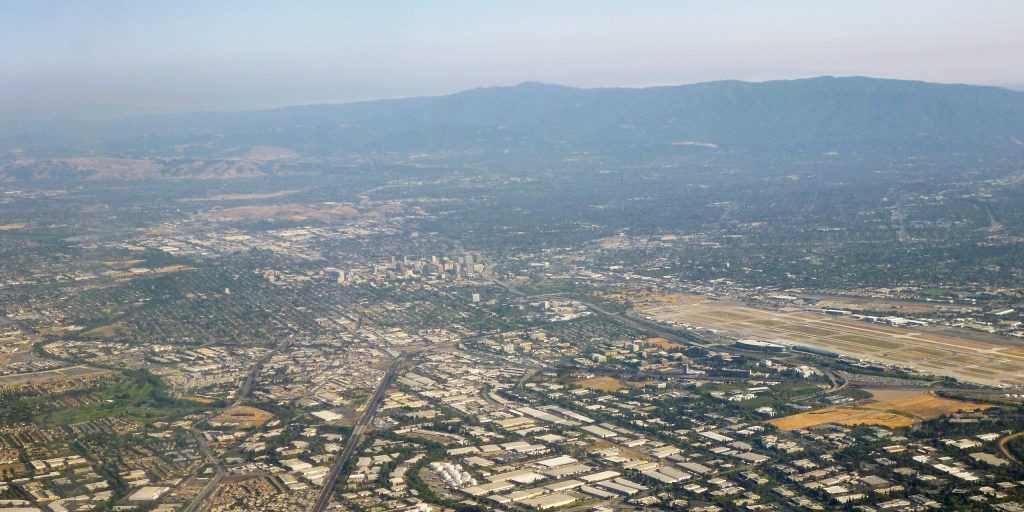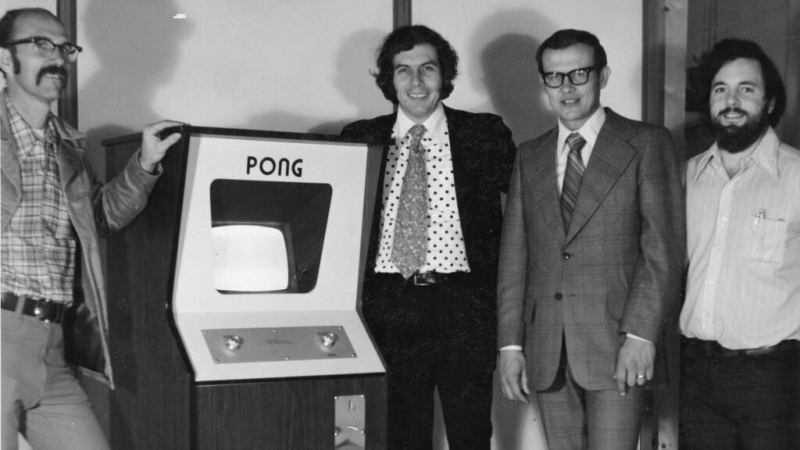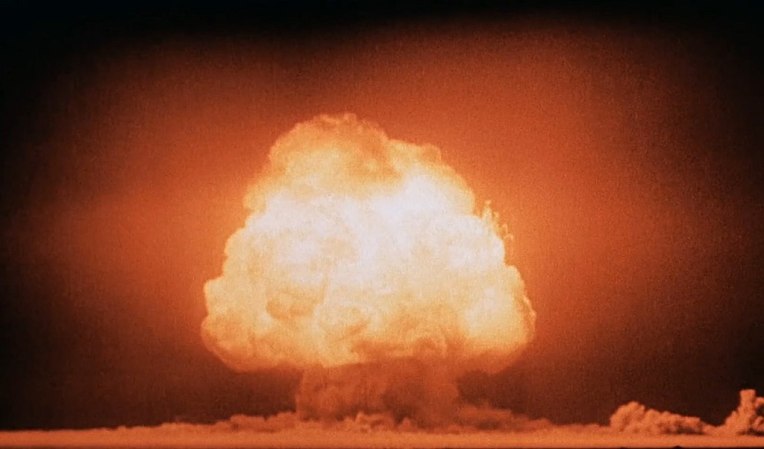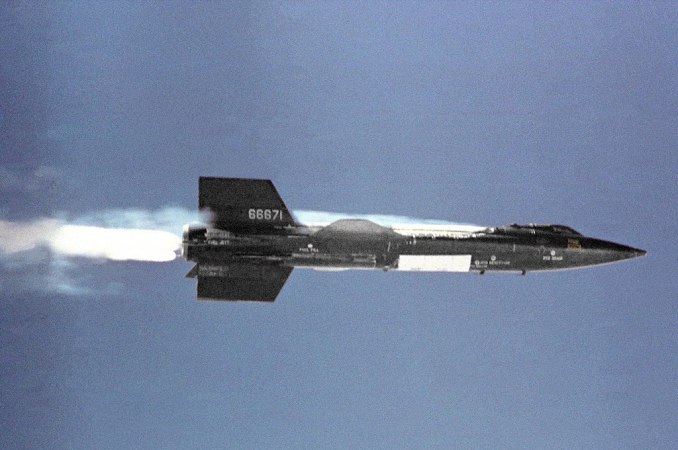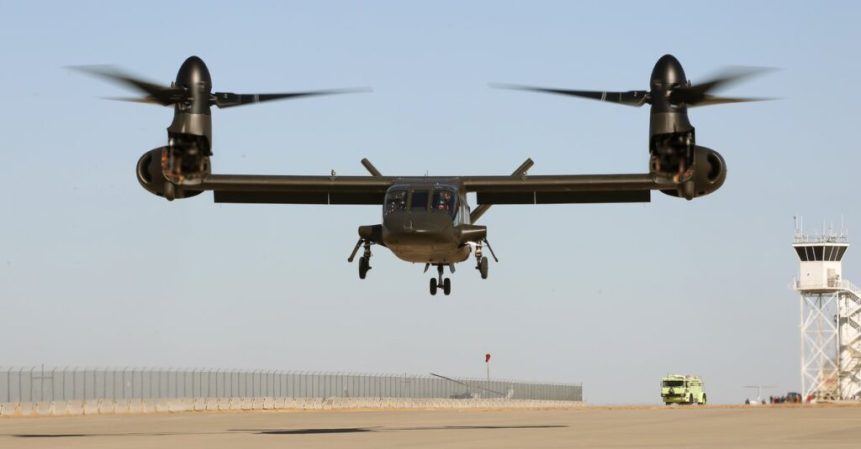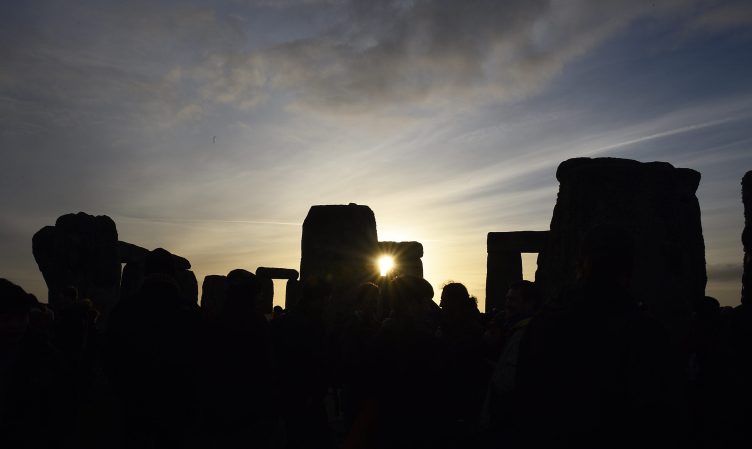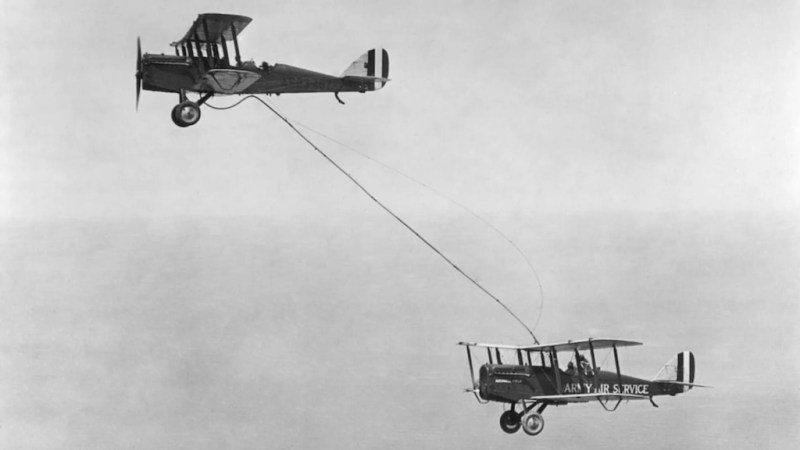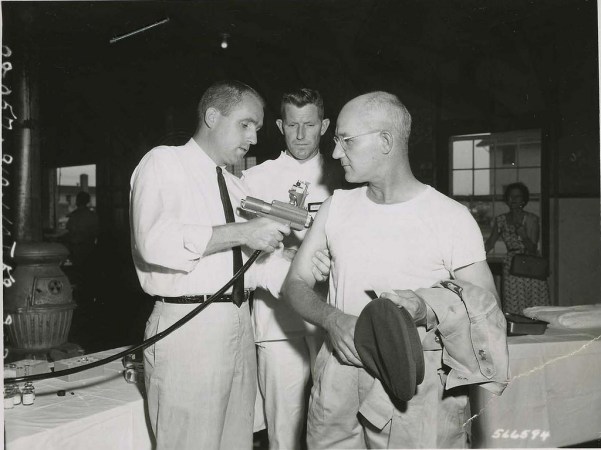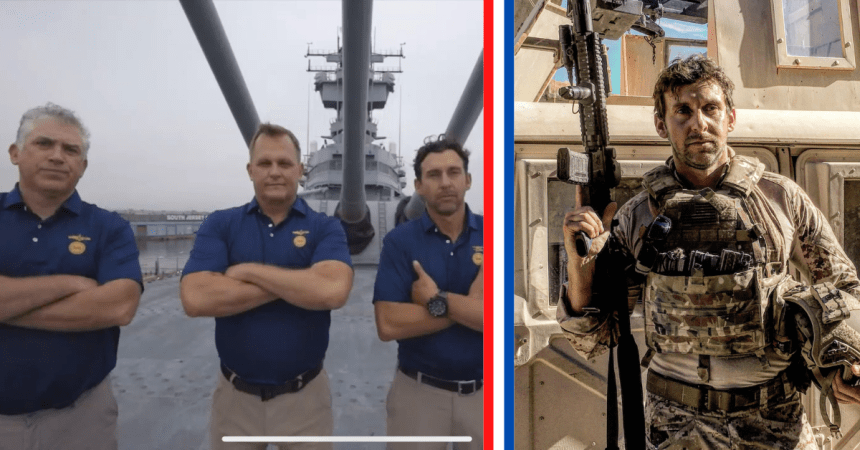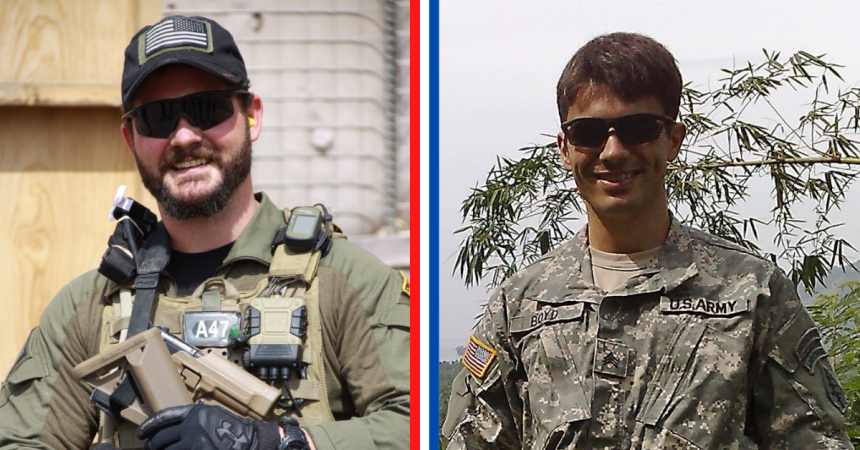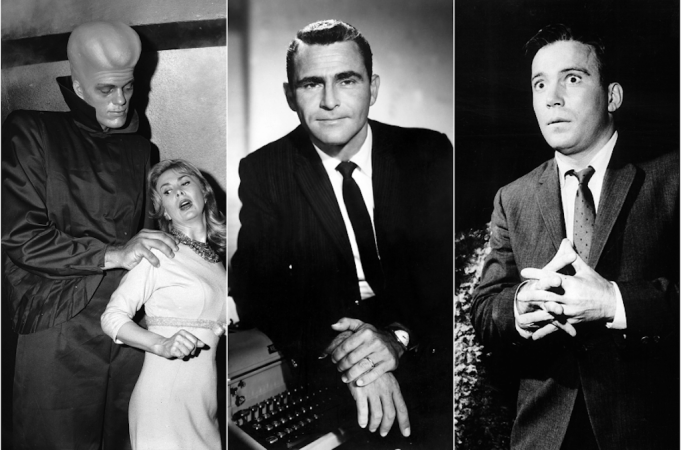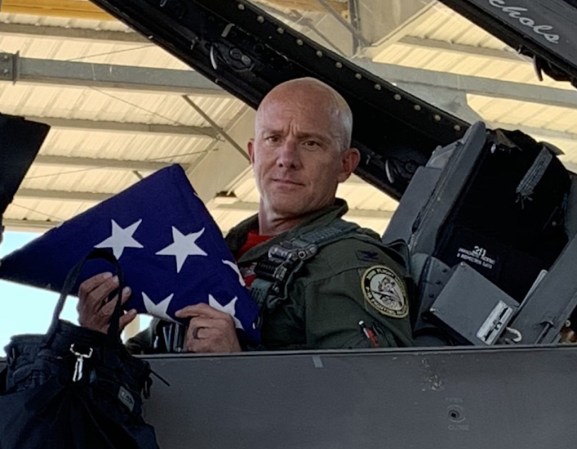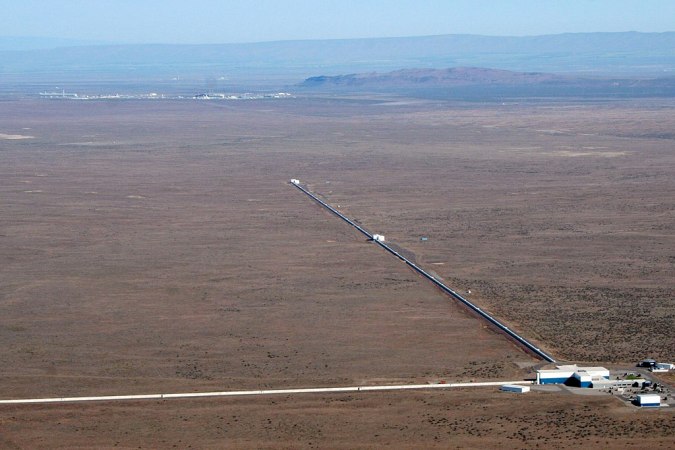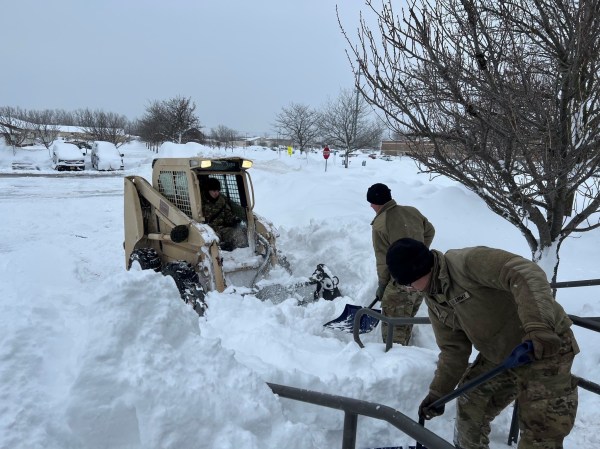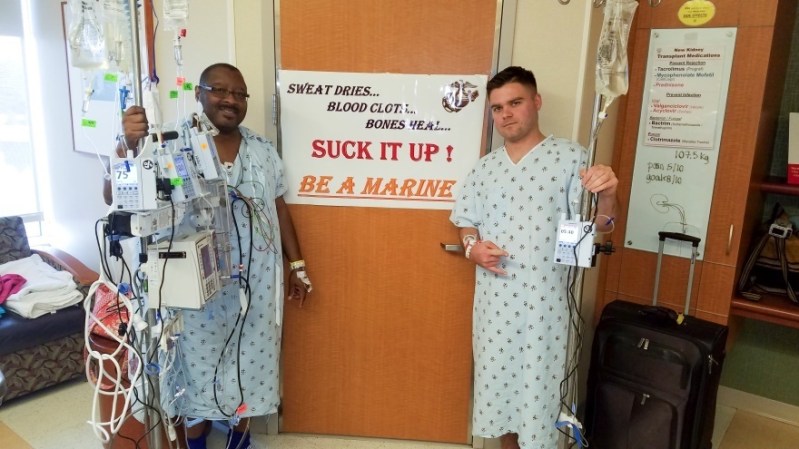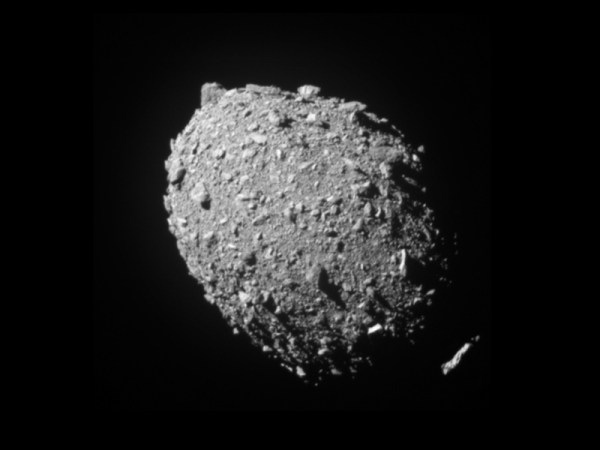Military veterans post-service have continued to give back and build new things for our culture. Many times we may put veterans into a certain role if they choose to be an entrepreneur or finance another person’s dream business. Some veterans choose to be different and to swim against the current to new greatness. These military veterans who put their stamp on Silicon Valley are outside of the box, which should be a solid suggestion to keep an open mind in all things.
Here are several influential Silicon Valley military veterans
Ken Olsen

Ken Olsen co-founded the Digital Equipment Corporation (DEC) with his brother Harlan Anderson. Before founding the company, he served in the U.S. Navy from 1944 to 1946 and then attend MIT to earn a BS and MS in electrical engineering. Upon founding DEC in 1957, the company became a major player in the computer industry for over 30 years. DEC is best known for its work in the minicomputer market starting in the mid-1960s.
The company continued to press forward well into the 1990s. The firm was acquired in the late 1990s by Compaq in the largest-ever merger in the computer industry at the time. Olsen was named “America’s most successful entrepreneur” in 1986 by Fortune Magazine and was listed as number six on the MIT150 list of its top 150 innovators. Not bad for a sailor!
Don Valentine

Don Valentine has been called the “grandfather of Silicon Valley” and has played a critical role in semiconductors, personal computers, software, digital entertainment and networking. He grew up in the Bronx, attended Fordham University and served in the Army. While in the service he instructed officers on how to use radar and other systems. Post leaving the Army in the 1950s he worked across multiple companies such as Sylvania, Raytheon, Fairchild Semiconductor and National Semiconductor.
He formed Sequoia Capital in 1972 and their first investment was Atari in 1975 which was sold to Warner Communications for $28M. Not bad for 1970s money. Sequoia Capital also was one of the first investors for Apple Computer after Valentine met with Steve Jobs. Sequoia then invested in Apple, Inc in 1978 as well. The venture capital firm has continued to make investments in such hits as Oracle Corporation, Cisco, Electronic Arts, Google, LSI Logic and YouTube. It pays to be the “grandfather” of the birthplace of technical and digital innovation.
John Bardeen

John Bardeen was a physicist and engineer who is the only person to be awarded the Nobel Prize twice! He was one of the co-inventors of the transistor with William Shockley and Walter Brattain in 1956 and again in 1972 for being the co-inventor of superconductivity with Leon N. Cooper and John Robert Schrieffer. The superconductivity theory is also known as the Bardeen-Cooper-Schrieffer theory. The transistor changed the world and is foundational to modern devices from the telephone to computers and it helped to bring about the Information Age.
Bardeen served from 1941 to 1944 with the U.S. Navy and worked on magnetic mines, torpedoes and mine and torpedo countermeasures. He then went to work for Bell Labs and in 1947 created the first point-contact transistor. From there the rest is history and Bardeen continued his groundbreaking work into the 1970s. We can thank him for our smartphones, which we all basically live by and he is another sailor, the Navy should be looking better with each entrepreneur by now.
Thomas J. Davis Jr.
Thomas J. Davis Jr. was a venture capitalist who co-founded the Mayfield Fund with Wally Davis and Stanford University. Mayfield is a well-known venture capital firm in Silicon Valley and has be for decades. Well before he started in venture capital he served in World War II on the War Production Board, the Office of Strategic Services and the Lend-Lease Administration. He left the service as a captain in the US Army. After the war, he worked for the Kern County Land Company and formed a partnership with a fellow veteran Arthur Rock in 1961. It was named the Davis and Rock partnership which invested in Teledyne, Apple Computer and Intel. Then in 1969, he co-founded the Mayfield Fund which helped found more than 125 companies in high tech.
Arthur Rock

Arthur Rock has been a mainstay in Silicon Valley and Venture Capital for 60-plus years. He is known for his stable view of the industry and his key investments in such firms as Intel, Apple, Teledyne, and Scientific Data Systems. He served in the U.S. Army during World War II but the war ended before any deployments.
He attended Syracuse University on the GI Bill to study business. Rock convinced Sherman Fairchild to found Fairchild Semiconductor in the late 1950s. Fairchild had previously founded Fairchild Aircraft, which has brought us the A-10 Warthog for those aviation lovers out there. Rock was on the board at Apple when they fired Steve Jobs in the 1980s as well. A leader for tough and daring times, Rock has proved that veterans can learn and do many things.


